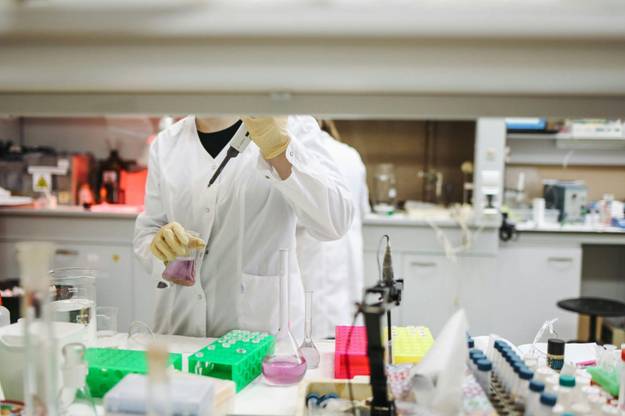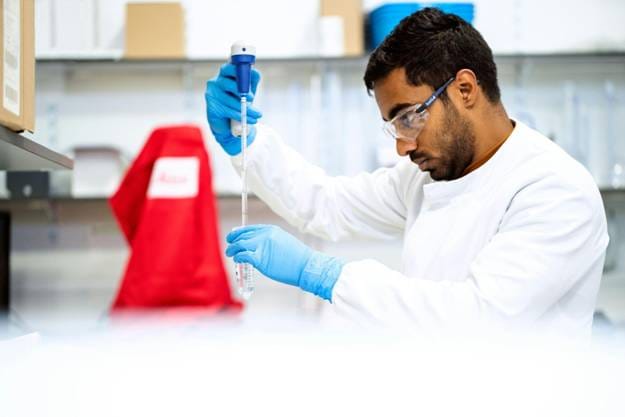Your Tools Shape Your Results
Every lab runs on tools. The right ones make work smoother. The wrong ones hold you back. In biotech, your tools are part of the science itself. They help decide how fast you move and how accurate your results are.
When you’re building cell lines, the choice becomes even bigger. It can push your research forward or slow it to a crawl. Picking the right platform is one of the most important calls you’ll make. It affects every step after it.

What These Platforms Really Do
Cell line development platforms help scientists grow stable and reliable cell lines. These lines are used in treatments, vaccines, and disease research. They are the foundation for many breakthroughs. Without them, most biotech projects can’t move forward.
A strong platform makes the process more efficient. It cuts wasted effort. It helps track results without adding extra manual work. It also reduces errors that can come from human handling. That’s why picking the right one is worth the time and thought.
Not every platform is built the same. Some work best for small-scale experiments. Others are designed for large commercial production. If you match your platform to your actual needs, you’ll get better results and a smoother workflow.
Know Your Goals Before You Shop
Before you even start looking at models, step back. Think about your lab’s main purpose. Are you running small, detailed studies? Or are you building toward high-output production? The answer changes what you should look for.
Make a clear list of what’s slowing you down right now. Maybe testing takes too long. Maybe scaling is a problem. Maybe storing and tracking your data is the issue. Once you’ve identified these bottlenecks, it’s easier to focus on platforms that address them directly.
Going in with a vague idea can lead to a bad match. You might end up with a system that looks impressive but doesn’t fix your real problems.
Automation Can Change Everything
Lab work often involves repetitive steps. Sorting cells. Recording readings. Preparing samples. These jobs take time and attention. They also create more chances for mistakes. Automation solves much of that.
With automated cell line development platforms, routine steps get handled by the system. That doesn’t mean scientists become less important. It means they can spend more time on deeper analysis and planning.
Look for automation that you can adjust. Your workflow might change over time, and your platform should keep up. A rigid system can slow you down later.
Data Management Should Be Effortless
Data is the lifeblood of any lab. Without a clean, reliable system for storing and accessing it, you risk losing progress. A good platform should make data handling simple. It should track results in real time and keep everything organized.
Some systems link directly with your current software. Others store data in a central place that the whole team can reach. This saves time, especially when you need to find past results quickly.
Strong data management also helps with compliance. Audits and reporting become easier when the platform has kept perfect records from the start.
Think About Tomorrow’s Needs
Your lab won’t look the same in a few years. New funding, new projects, and new team members can change your pace and your focus. The platform you choose should be ready for that.
Scalability matters. Look for a system that can handle more volume if you expand. Check if it supports different cell types in case your research shifts. Modular platforms are often the best option here. You can add tools and features later instead of replacing the entire setup.
A system that grows with you will save money and stress down the line.
Training and Support Are Non-Negotiable
Even the best platform is only as good as the team using it. If your staff doesn’t know how to run it properly, you’ll waste time and risk mistakes. That’s why training and support matter so much.
Some companies offer on-site setup and training. Others have remote help desks, guides, and quick response teams. Ask how easy it is to reach support when something breaks or needs an update.
Regular updates are important too. A platform that improves over time is a better investment than one that never changes. The easier it is to maintain, the more time your team can spend on actual science.

Make a Decision That Lasts
Choosing the right cell line development platform isn’t just about fixing today’s problems. It’s about preparing for the future. The right choice will help you work faster, reduce mistakes, and produce stronger results.
Compare your options carefully. Ask detailed questions about features, automation, data handling, and support. Think about where your lab is now and where you want it to be in five years.
A good platform should meet your current needs and have room to grow with you. In biotech, tools are more than just equipment—they’re part of the science. And the right tools can take your lab from good to great.





